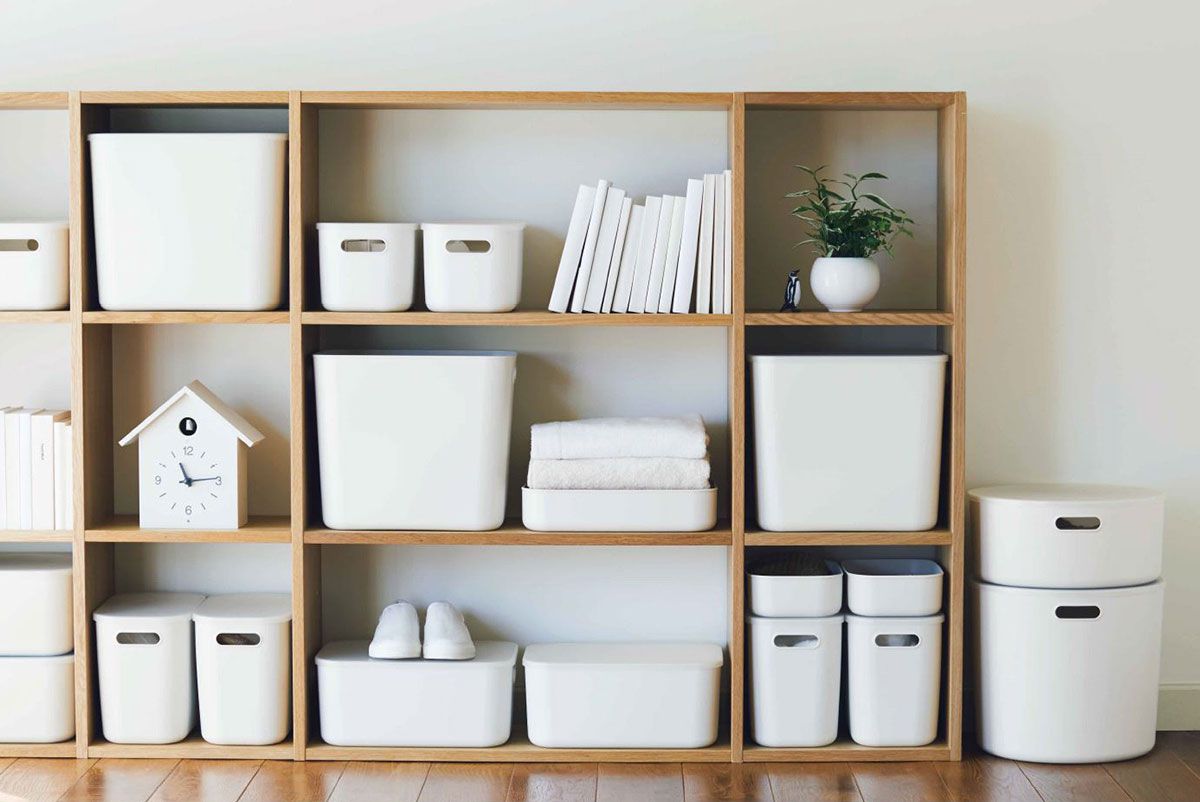

Articles
How To Store Storage Bins
Modified: December 7, 2023
Discover effective ways to store storage bins in this collection of informative articles. Learn tips and tricks for maximizing space and keeping your bins organized.
(Many of the links in this article redirect to a specific reviewed product. Your purchase of these products through affiliate links helps to generate commission for Storables.com, at no extra cost. Learn more)
Introduction
Storage bins are a practical and efficient solution for organizing and storing various items in your home or office. Whether you need to declutter your space, store seasonal items, or keep supplies organized, storage bins offer a versatile and flexible storage option. However, proper storage and organization techniques are key to maximizing the benefits of using storage bins. In this article, we will delve into the various aspects of storing storage bins and explore the best practices for maintaining an organized and clutter-free storage space.
When it comes to choosing the right storage bins, several factors such as size, material, and functionality should be considered. For smaller items like accessories or office supplies, opt for clear plastic bins with dividers to easily locate and access the items. If you have larger items or need to store bulkier items, consider investing in sturdy, stackable storage bins made of durable materials like heavy-duty plastic or metal. Remember to choose bins that are easily stackable to maximize vertical space utilization.
Before you begin storing your storage bins, it is essential to prepare the storage area properly. Ensure that the storage area is clean and dry to prevent any moisture or pest-related issues. Consider using shelves, racks, or designated storage units to create a systematic and efficient storage space. This will not only make it easier to access and retrieve items but also contribute to the overall organization and aesthetic appeal of the area.
Key Takeaways:
- Choose the right storage bins by considering size, material, and functionality to create an organized and visually appealing space that suits your specific needs.
- Properly prepare the storage area, sort and organize items, and utilize labeling and stacking techniques to maximize storage efficiency and maintain a clutter-free and easily accessible storage system.
Read also: 9 Amazing Freezer Bins For 2024
Choosing the Right Storage Bins
When it comes to organizing and storing your belongings, selecting the right storage bins is crucial. Here are some factors to consider when choosing the right storage bins:
- Size: Determine the size of the items you plan to store in the bins. For smaller items like accessories, office supplies, or small toys, opt for smaller-sized bins. For larger items or bulkier items like seasonal decorations or clothing, choose larger-sized bins. Keep in mind that it’s better to have slightly larger bins than to cram items into bins that are too small.
- Material: Storage bins are available in a variety of materials, including plastic, fabric, and metal. Plastic bins are the most common and affordable option. They are durable, lightweight, and resistant to moisture and pests. Fabric bins are a great choice for storing soft items like clothing or linens, as they allow for better airflow. Metal bins are sturdier and provide enhanced protection for valuable or delicate items.
- Functionality: Consider the purpose of the storage bins. If you need easy visibility of the contents, opt for transparent or clear plastic bins. These allow you to quickly identify the contents without having to open each bin. If you have a lot of small items to store, consider bins with dividers or compartments to keep everything organized and easily accessible. Stackable bins are also a good option as they save space and allow for efficient vertical storage.
- Durability: Look for storage bins that are sturdy and able to withstand the weight and conditions of the items you plan to store. Consider the weight capacity of the bins and the quality of the material to ensure they will hold up over time. Reinforced corners and handles are also a plus, as they provide additional strength and make it easier to carry the bins.
It’s important to assess your storage needs and the specific requirements of the items you plan to store before purchasing storage bins. Take the time to measure the available storage space and consider the aesthetics of the bins, as they will be a visible part of your storage area. By being mindful of these factors, you can select storage bins that are functional, durable, and aesthetically pleasing.
Preparing the Storage Area
Before you start storing your storage bins, it is crucial to properly prepare the storage area. Taking the time to prepare the space will help create an organized, clean, and efficient storage system. Here are some steps to follow when preparing the storage area:
- Clean and declutter: Start by thoroughly cleaning the storage area. Remove any dust, dirt, or debris from the surfaces, walls, and floors. If necessary, scrub and sanitize the area to ensure a clean environment for your storage bins. Additionally, declutter the space by removing any unnecessary items or furniture that may hinder access to the storage bins.
- Ensure proper ventilation: Proper ventilation is important to prevent moisture build-up in the storage area. Ensure that there is adequate airflow by opening windows or using fans or dehumidifiers. This will help prevent mold, mildew, and unpleasant odors that can damage the items stored in the bins.
- Add shelving or racks: Install shelving or racks to maximize vertical space utilization in your storage area. This will provide additional storage options and make it easier to access and retrieve items stored in the bins. Choose sturdy and adjustable shelves that can accommodate various bin sizes and weights.
- Consider climate control: Evaluate the climate conditions in the storage area. If the area is prone to extreme temperatures or humidity, consider installing climate control systems such as air conditioning or heating systems, or use moisture-absorbing products like silica gel packets to protect the stored items. Climate control systems help maintain a stable environment, reducing the risk of damage to sensitive items.
By properly preparing the storage area, you create a clean and organized space for your storage bins. This will not only protect your belongings from potential damage but also make it easier to locate and access items when needed. Taking these preparatory steps will set a solid foundation for an efficient storage system and ensure the longevity of your stored items.
Sorting and Organizing Items
Sorting and organizing the items you plan to store in your storage bins is crucial for maintaining an efficient and clutter-free space. By following a systematic approach, you can easily locate and access your belongings whenever needed. Here is a step-by-step guide to sorting and organizing items:
- Categorize your belongings: Start by categorizing your items into different groups based on their type, usage, or seasonality. For example, you can create categories like clothing, accessories, electronics, tools, or holiday decorations. This step will help you identify which items belong together and determine how many storage bins you’ll need for each category.
- Declutter and purge: Before placing items into storage bins, take the opportunity to declutter and purge any items that you no longer need or use. This will help free up space and ensure that you’re only storing items that are truly valuable to you. Consider donating, selling, or discarding items that are no longer needed or are in poor condition.
- Group similar items: Within each category, group similar items together. This will make it easier to identify and locate specific items when needed. For example, if you’re storing clothing, group shirts together, pants together, and so on. Likewise, for tools or accessories, group similar items together for easy identification.
- Utilize storage organizers: To further enhance organization within your storage bins, consider using storage organizers such as dividers, trays, or small storage containers. These organizers can help keep small items or accessories separate and prevent them from getting tangled or lost within the bin. Use dividers to create designated sections within the bin, making it easier to keep items organized and prevent them from shifting during storage.
- Create an inventory or labeling system: Keep track of what items are stored in each bin by creating an inventory or labeling system. You can use labels, adhesive tags, or write directly on the bin to identify the contents of each bin. Additionally, consider creating an inventory list or spreadsheet that documents the items in each bin for easy reference.
By sorting and organizing your items before storing them in bins, you’ll create a streamlined and efficient storage system. This will make it easier to locate and access items, saving you time and effort in the long run. Additionally, maintaining a well-organized storage system will prevent items from getting lost, damaged, or forgotten. So take the time to sort and organize your belongings to maximize the benefits of using storage bins.
Label your storage bins clearly to easily identify the contents. This will save you time and effort when searching for specific items.
Proper Labeling
Labeling your storage bins is an essential step in creating an organized and efficient storage system. Proper labeling allows you to quickly identify the contents of each bin without the need to open and search through multiple bins. Here are some tips for proper labeling:
- Clear and visible labels: Ensure that your labels are clear, legible, and easy to read. Use bold, large fonts and consider using color-coded labels to differentiate between different categories or types of items. Utilizing clear label holders on the front of each bin can make labels more visible and protected from wear and tear.
- Include specific details: Along with the item category or name, consider including specific details on the label. This could be a brief description of the items in the bin or a list of some key items. Including specific details can help you quickly identify which bin contains the desired item, saving you time and effort.
- Use numbering or alphanumeric system: If you have a large number of storage bins, using a numbering or alphanumeric system can help you stay organized. Assign a unique number or code to each bin and create an inventory list that corresponds to each bin’s contents. This system can be particularly useful when you have multiple bins of the same category or when you need to search for a specific item quickly.
- Update and maintain labels: As you add or remove items from your storage bins, make sure to update the labels accordingly. If you rearrange the bins or change the location of certain items, adjust the labels accordingly to reflect the new organization. Regularly check and maintain the labels to ensure accuracy and clarity.
- Consider using visual aids: To make labels even more helpful, you can incorporate visual aids such as icons or pictures that represent the items stored in the bin. This can be particularly useful for children or individuals who may have difficulty reading labels. Visual aids can help quickly identify the contents of each bin at a glance.
Proper labeling of your storage bins not only makes it easier to find and retrieve items but also helps maintain an orderly and efficient storage system. By using clear, visible labels with specific details and potentially incorporating numbering or alphanumeric systems, you can streamline the organization process and ensure that everything is properly labeled and accounted for.
Read also: 13 Best Storage Bin For 2024
Stacking and Placement
When it comes to storing storage bins, proper stacking and placement techniques are essential to maximize space utilization and maintain a safe and stable storage area. Here are some tips for stacking and placing your storage bins:
- Stacking bins safely: When stacking multiple bins, make sure to stack them securely to prevent accidents or collapse. Start by placing the heaviest and sturdiest bins at the bottom as a foundation. Stack lighter bins on top, ensuring that each layer is stable and balanced. Avoid stacking bins too high to prevent them from toppling over. If possible, use storage racks or shelving units designed for stacking bins to provide additional stability.
- Balance weight distribution: When stacking bins, evenly distribute the weight to maintain balance and stability. Place heavier items at the bottom of the bin and lighter items towards the top. This helps prevent bins from becoming top-heavy and reduces the risk of them tipping over or collapsing. Additionally, try to use bins of similar sizes and weights to ensure a balanced stack.
- Leave access aisles: When stacking multiple bins, leave enough space between stacks or rows to create access aisles. This allows you to easily reach and retrieve items from the bins without having to move or disrupt other stacks. Providing ample access aisles can save time and effort when searching for specific items.
- Consider weight restrictions: Be mindful of weight restrictions when stacking bins, especially if you are using shelves or racks. Check the weight capacity of the storage unit and ensure that you do not exceed its limits. Overloading the shelves or racks can lead to instability and increase the risk of accidents or damage to the bins and items stored inside.
- Place frequently accessed items at the front: If you have bins that contain items you frequently need to access, place them near the front of the storage area for easy retrieval. By doing so, you won’t have to move or rearrange multiple bins to reach the items you need. Consider using clear or transparent bins for these frequently accessed items to quickly identify them without having to read labels.
Proper stacking and placement of your storage bins not only maximize your storage space but also ensure the safety of the stored items. By following these tips, you can create a well-organized, stable, and easily accessible storage area that allows you to efficiently store and retrieve your belongings.
Maintaining and Cleaning the Storage Bins
Maintaining and cleaning your storage bins is crucial for preserving the condition of the items stored inside and ensuring a hygienic storage environment. Regular maintenance and cleaning routines help prolong the life of the bins and prevent potential issues such as pests or mold growth. Here are some tips for maintaining and cleaning your storage bins:
- Inspect bins regularly: Regularly inspect your storage bins for any signs of wear and tear, cracks, or damage. This includes checking the lids, handles, and any locking mechanisms. Replace any bins that are damaged or no longer safe to use to prevent accidents and ensure the integrity of your storage system.
- Remove dirt and debris: Before storing items in the bins, make sure they are clean and free of any dirt or debris. Wipe down the inside and outside of the bins with a damp cloth to remove any dust or dirt. This will help maintain the cleanliness of the stored items and prevent the accumulation of dirt over time.
- Address moisture concerns: Moisture can be a common issue in storage areas, especially if they are in basements or damp environments. To prevent moisture damage, consider using moisture-absorbing products such as silica gel packets or desiccant packs inside the bins. If necessary, use a dehumidifier or ensure proper ventilation to reduce excess moisture in the storage area.
- Protect against pests: Keep your storage area pest-free by taking preventative measures. Ensure that the storage area is sealed and inaccessible to pests. Consider using pest repellents or natural deterrents to keep pests away. Additionally, avoid storing any food items in the bins to discourage pest infestations.
- Periodically clean the bins: It’s important to periodically clean the storage bins, especially if they contain items that can attract dirt or odors. Empty the bins and clean them with warm soapy water, rinsing thoroughly afterward. For stubborn stains or odors, you can use a mild detergent or a mixture of vinegar and water. Make sure to completely dry the bins before returning items to prevent moisture-related issues.
By regularly maintaining and cleaning your storage bins, you ensure that the stored items are protected and the storage environment remains clean and hygienic. Regular inspections, dirt removal, addressing moisture concerns, protecting against pests, and periodic cleaning will help maintain the quality and functionality of your storage bins.
Conclusion
Storage bins are a practical and convenient solution for organizing and storing various items in your home or office. By following the proper techniques for storing storage bins, you can create a well-organized and clutter-free space that is both functional and visually appealing. From choosing the right storage bins to properly labeling and maintaining them, each step plays a crucial role in ensuring an efficient storage system.
Choosing the right storage bins involves considering factors such as size, material, and functionality to suit your specific needs. Preparing the storage area by cleaning, decluttering, and setting up appropriate storage units further contributes to an organized space. Sorting and organizing items, utilizing proper labeling methods, and stacking bins safely are essential steps to maximize storage efficiency and ease of access.
Regular maintenance and cleaning of storage bins help preserve the condition of the stored items and prevent potential issues such as pests or mold. Inspecting bins, removing dirt and debris, addressing moisture concerns, and protecting against pests are vital for maintaining a clean and hygienic storage environment.
In conclusion, by implementing these practices for storing storage bins, you can transform your storage area into a well-organized, functional, and visually appealing space. With a system in place for categorizing items, utilizing proper labeling and stacking techniques, and maintaining cleanliness, you can easily locate and access your belongings when needed. Embracing these strategies will not only save you time and effort but also protect the items you store and help prolong the lifespan of your storage bins.
So, start implementing these techniques today and embrace the benefits of a well-organized storage system!
Frequently Asked Questions about How To Store Storage Bins
Was this page helpful?
At Storables.com, we guarantee accurate and reliable information. Our content, validated by Expert Board Contributors, is crafted following stringent Editorial Policies. We're committed to providing you with well-researched, expert-backed insights for all your informational needs.
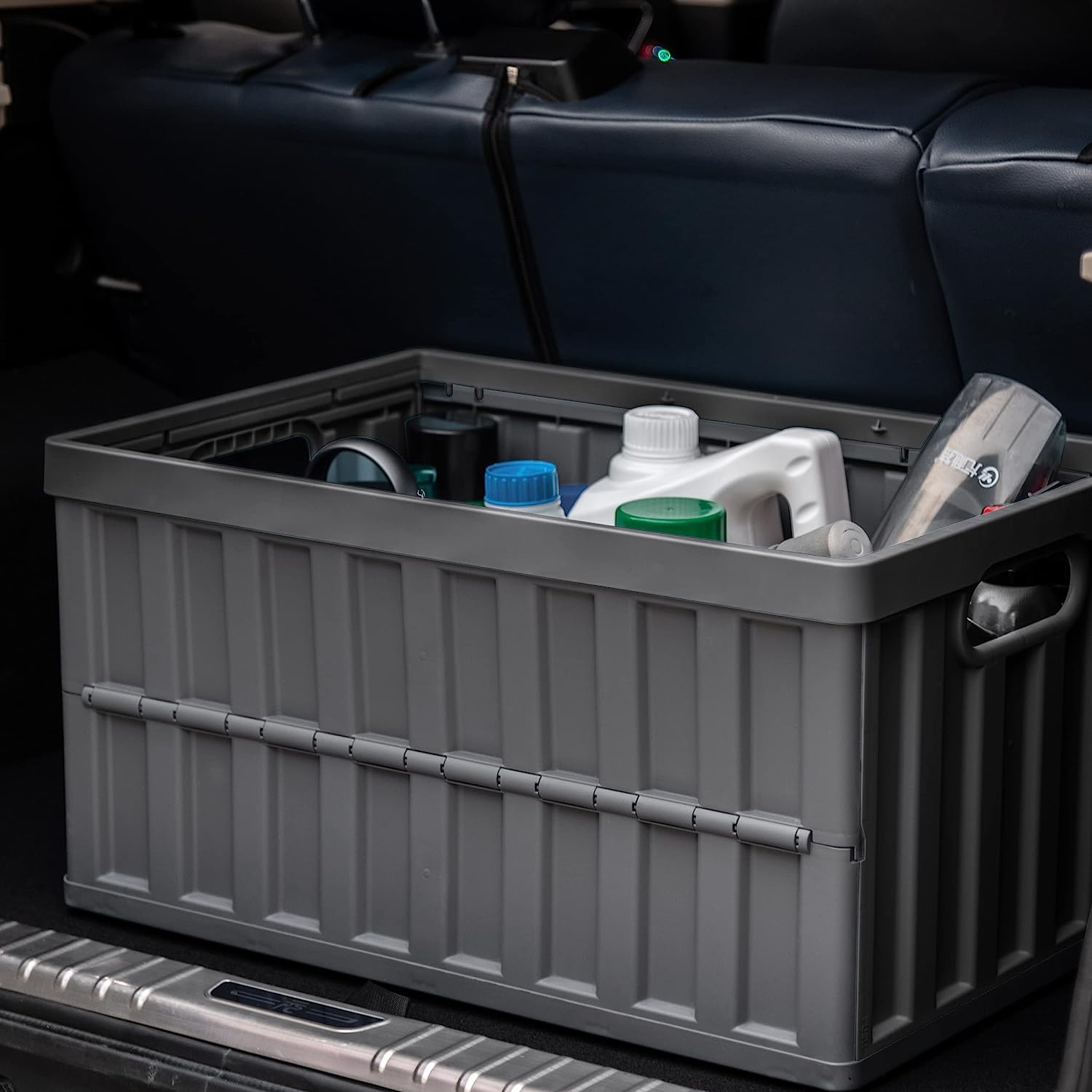
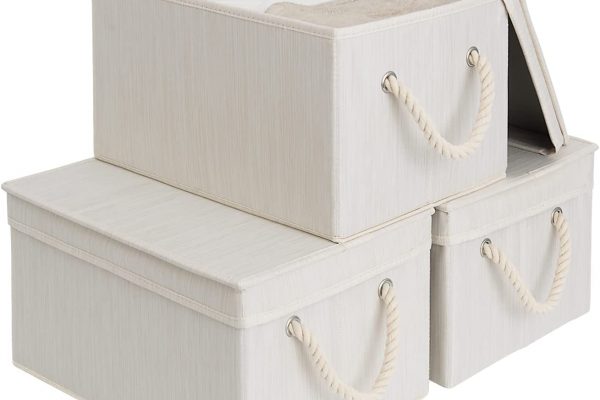
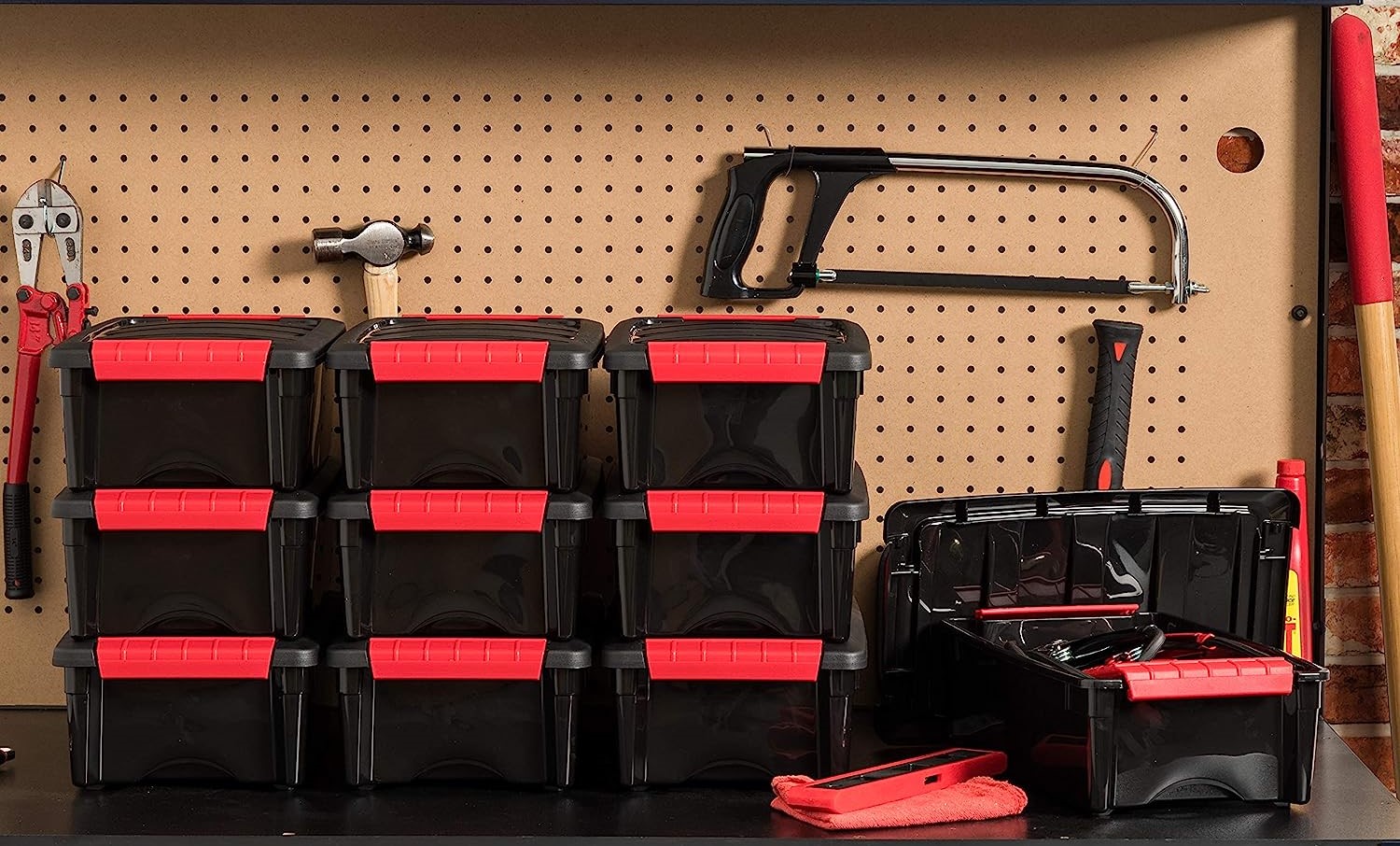
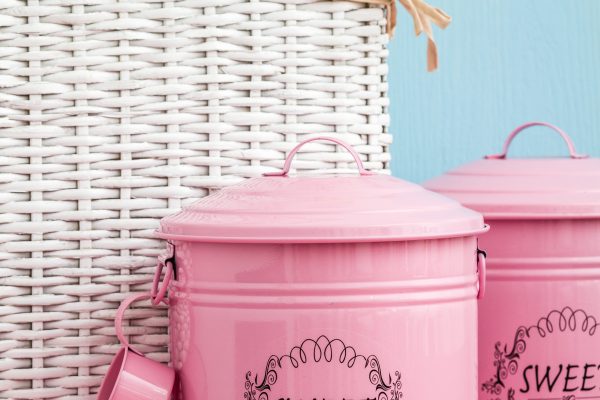
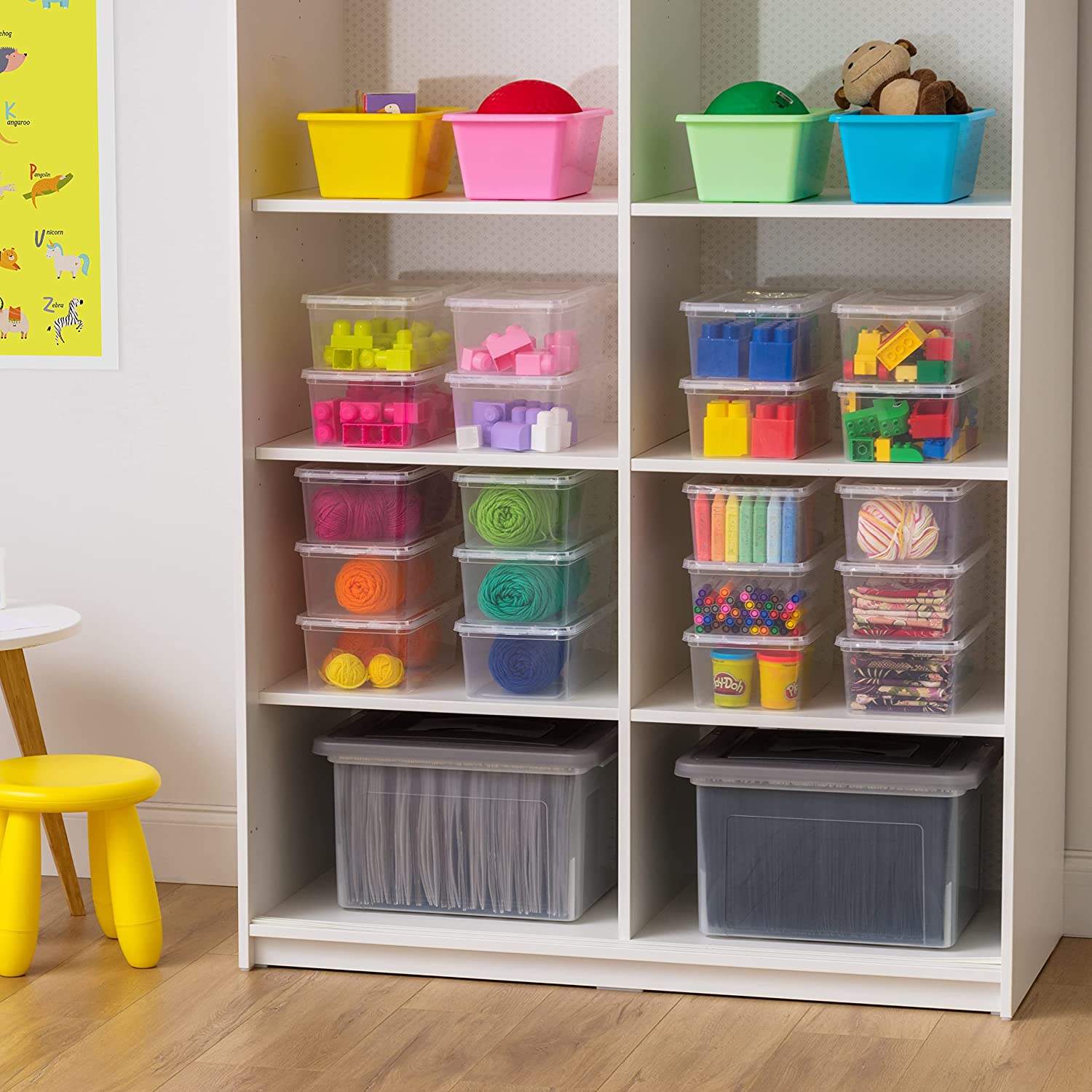

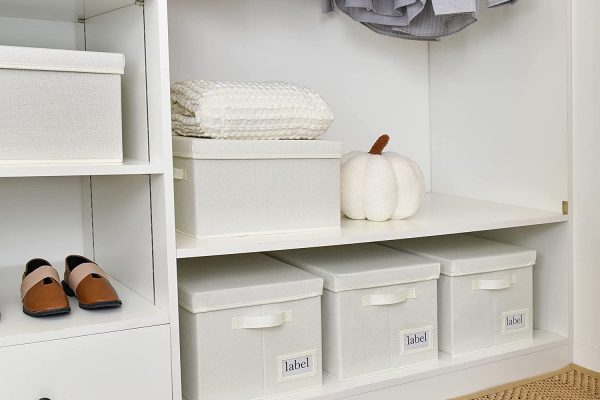
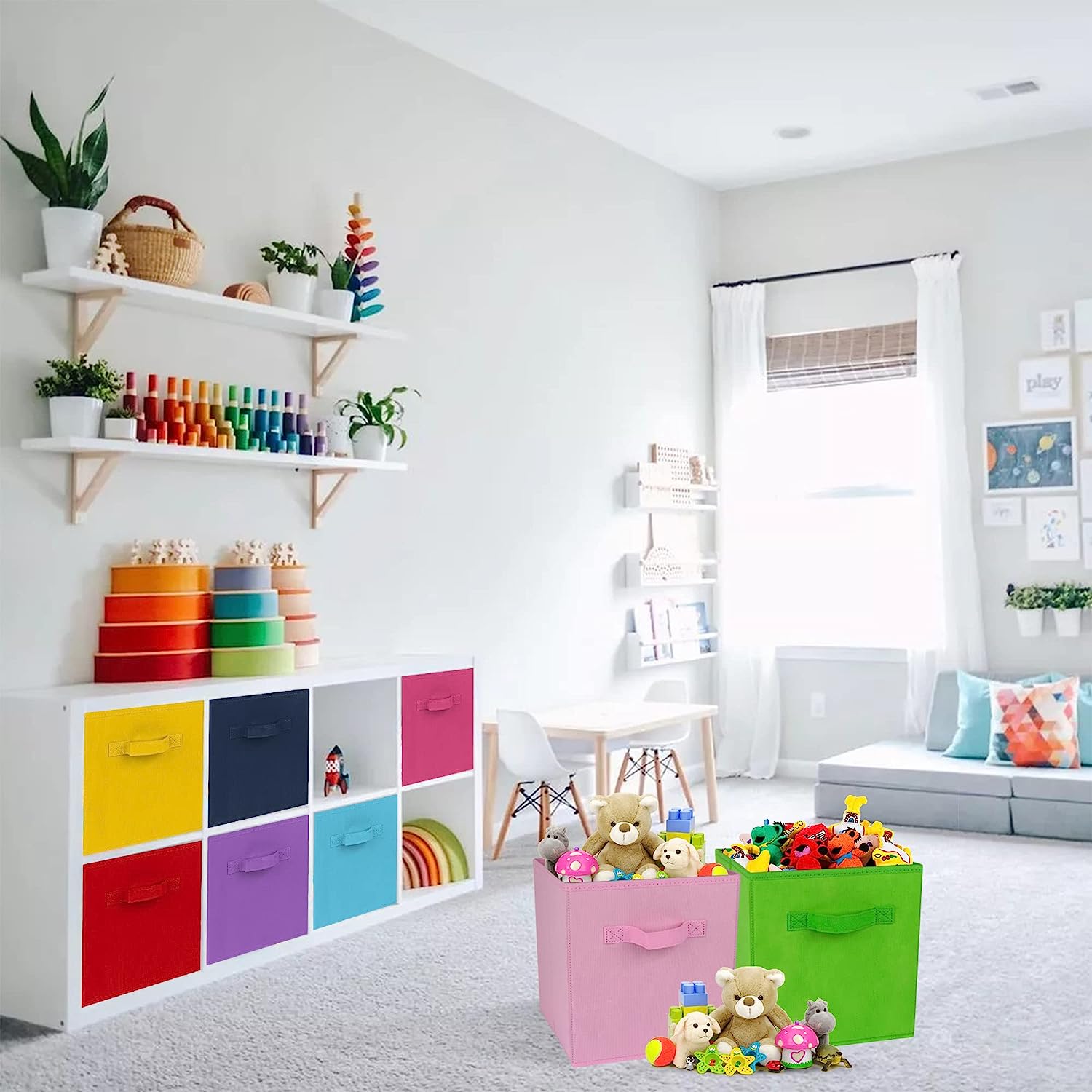
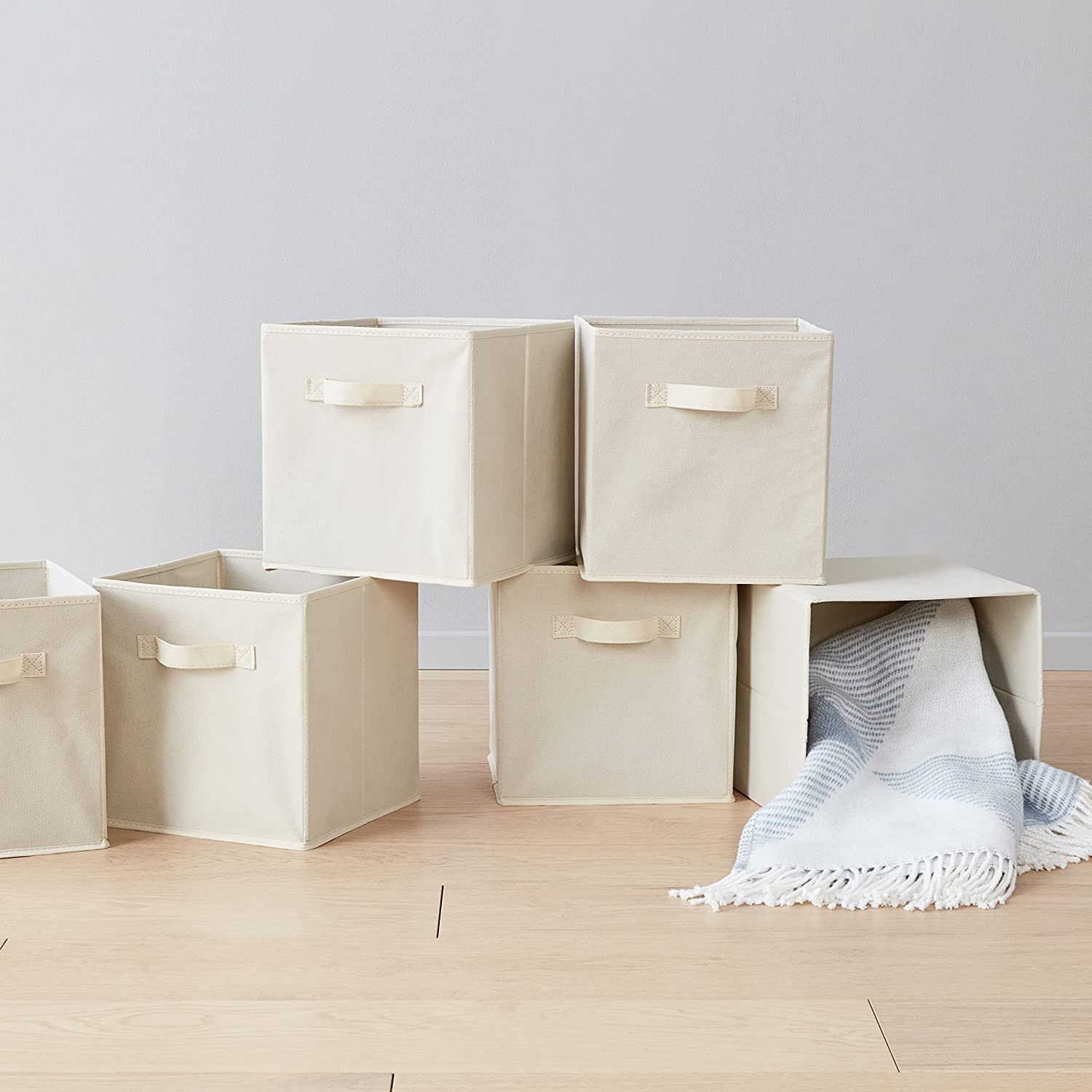

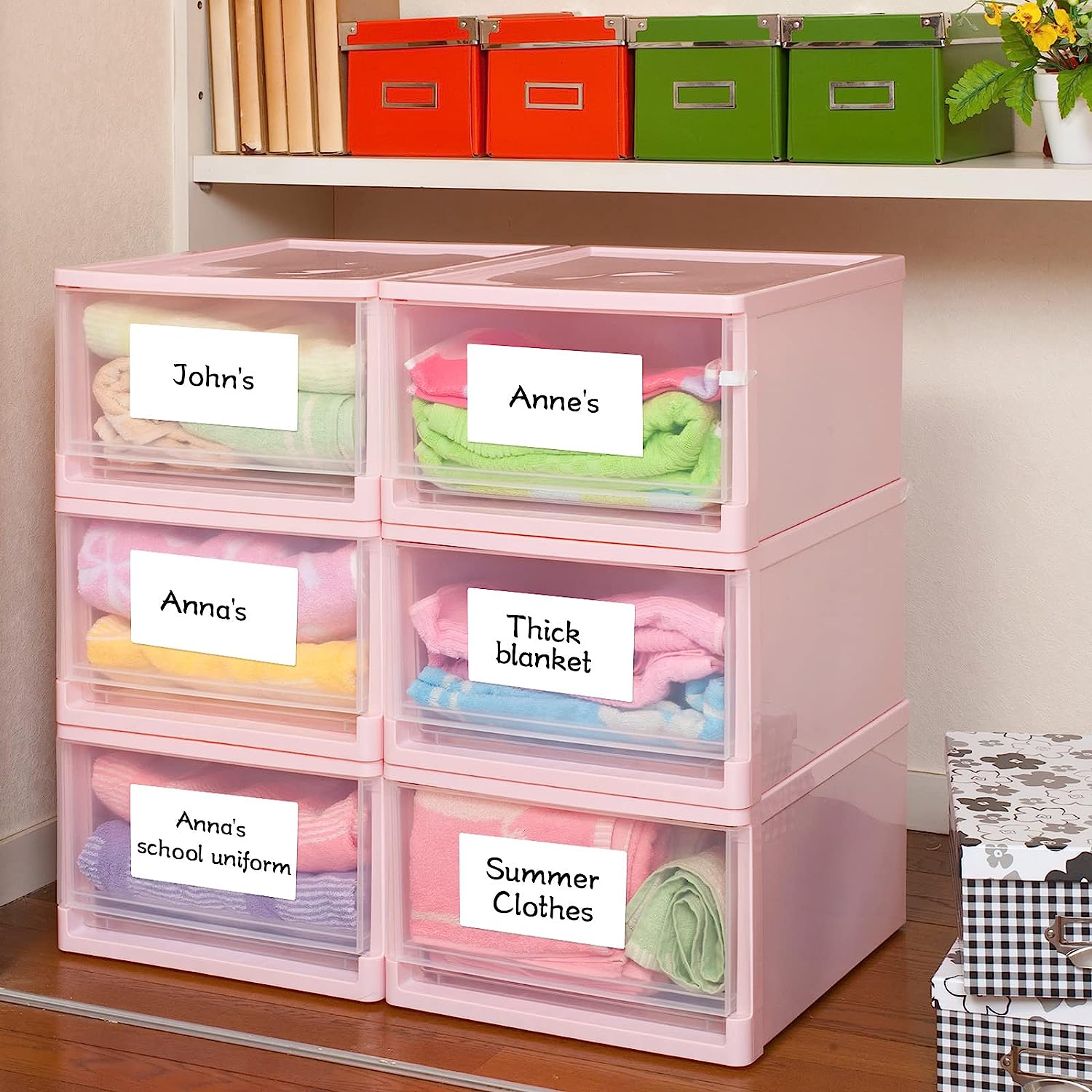
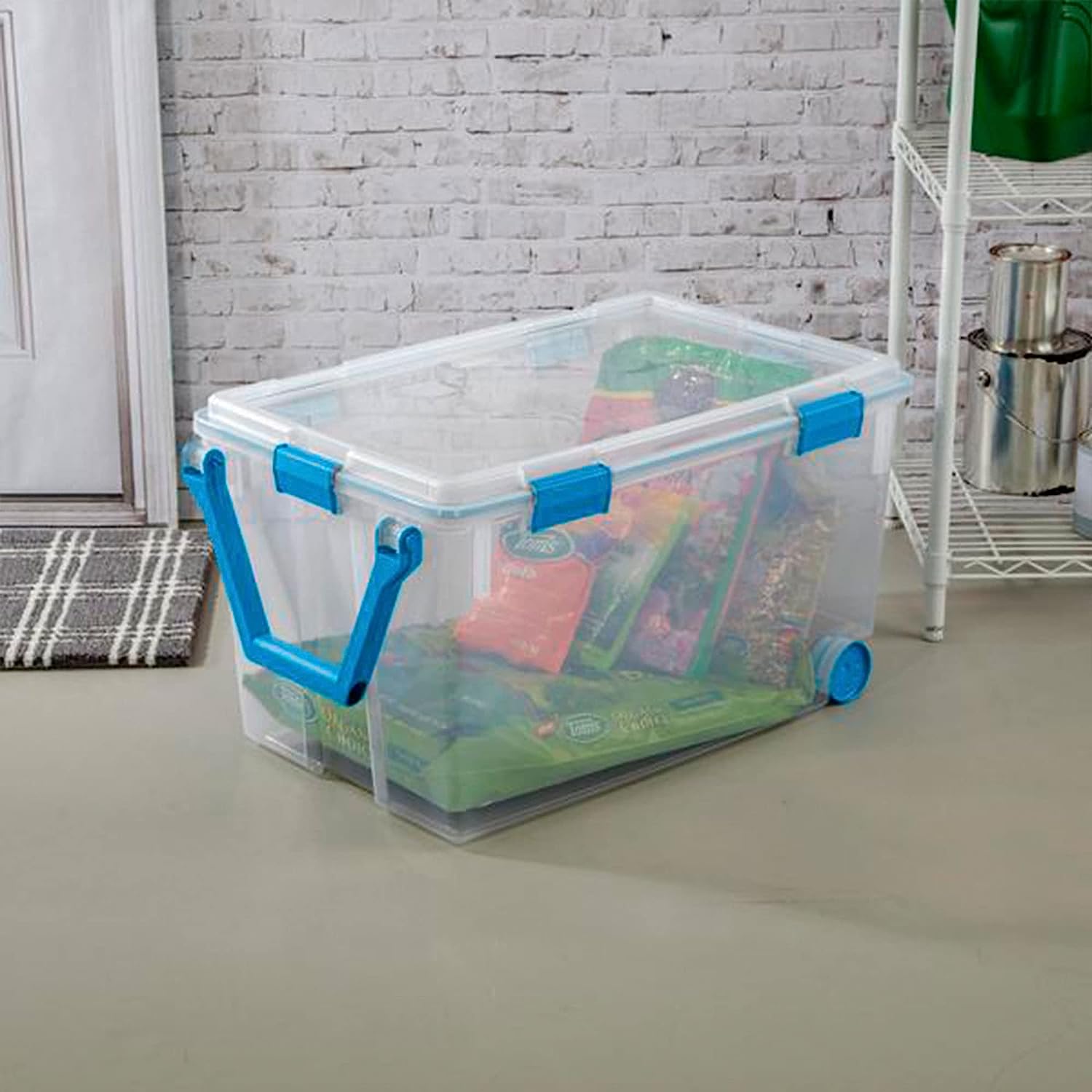
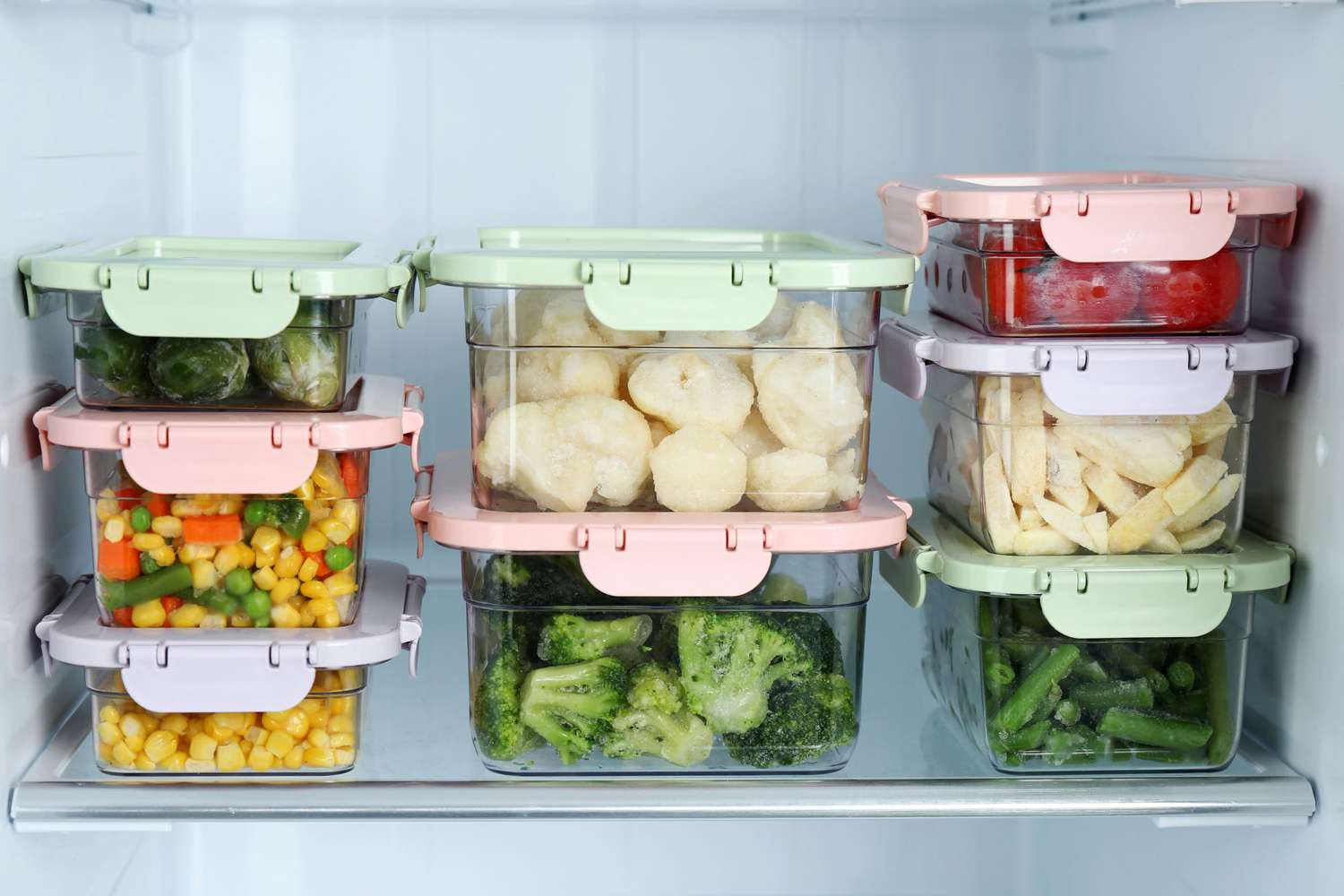
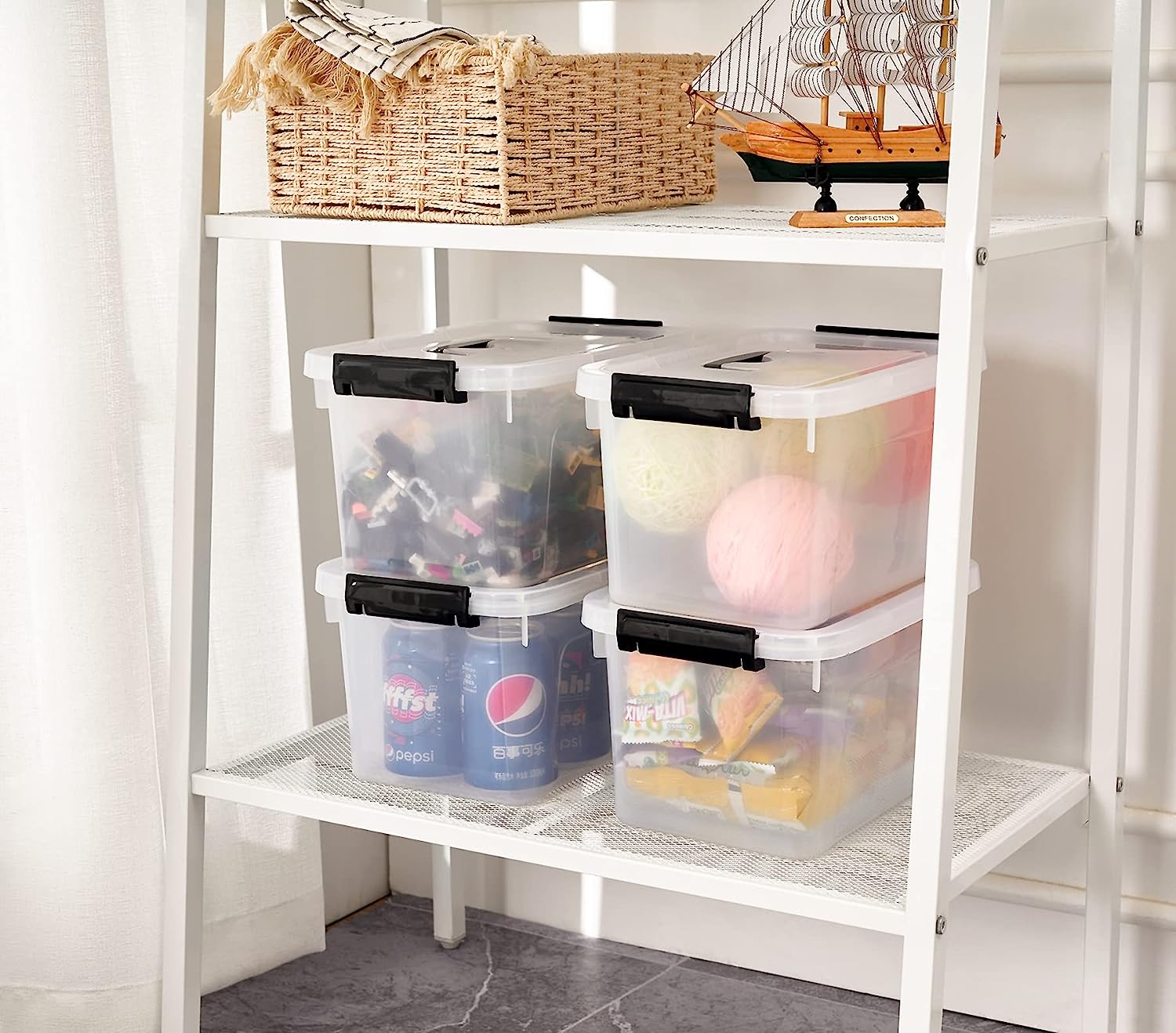

0 thoughts on “How To Store Storage Bins”